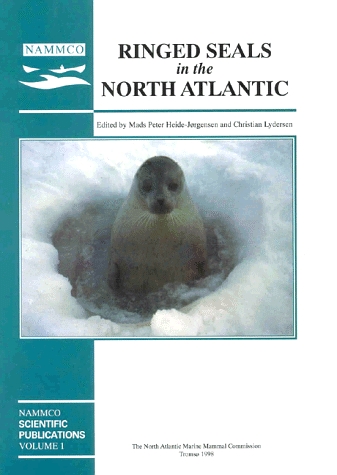Population size and distribution of the Baltic ringed seal (Phoca hispida botnica)
DOI:
https://doi.org/10.7557/3.2986Keywords:
Baltic ringed seal, Phoca hispida botnica, abundance, distribution, Baltic SeaAbstract
The study reviews earlier investigations on the distribution and abundance of ringed seals (Phoca hispida botnica) in the Baltic and presents the first statistically robust results for the entire area. A critical review of earlier counts of ringed seals from the Gulf of Riga and the Gulf of Finland reveals grossly exaggerated population estimates in these regions. This is confirmed by results from the first comprehensive surveys in the entire area carried out during 1994-1996. The estimated hauled-out Baltic population in 1996 was about 5,510 ± 42% (± 95% confidence interval). Of this
estimate 3,945 ± 1,732 (70%) were in the Gulf of Bothnia, 1,407 ± 590 (25%) in the Gulf of Riga and about 150 (5%) in the Gulf of Finland. Numbers in the Gulf of Bothnia have increased since 1988, but there are no data on trends in other areas, although numbers are low and half the local population in the Gulf of Finland may have died in a mass mortality in the autumn of 1991.





